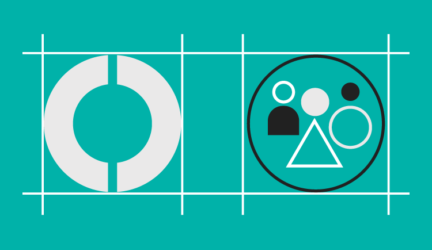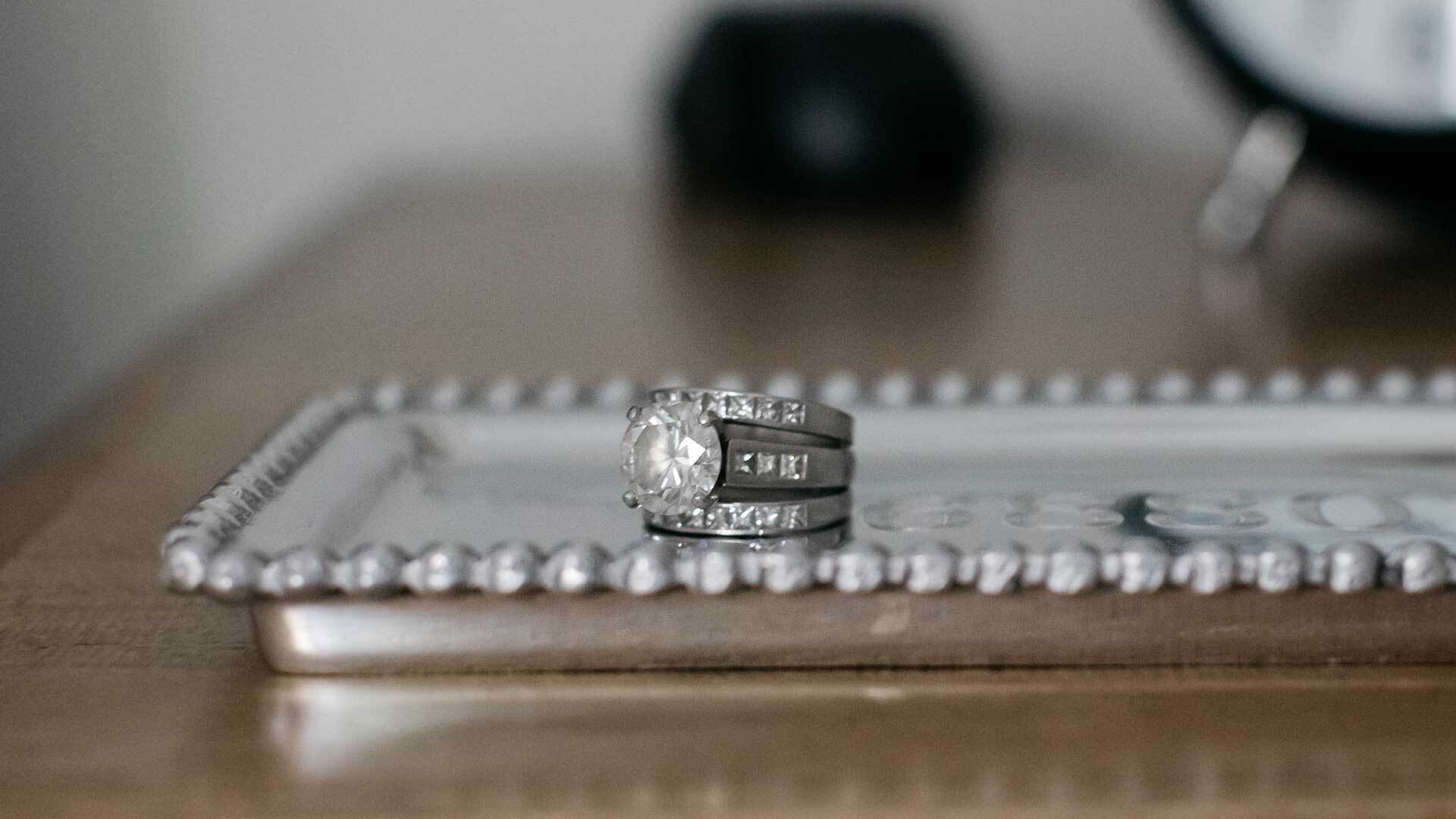Building PURE
LEADERS Magazine
Second Quarter, 2020 Edition
Discuss your career in the industry and what led to the creation of PURE?
I was recruited to be an underwriter at Chubb out of college. I didn’t really understand what the job was about, but it was in New York City which was an attractive location for me. I quickly realized that I was not only pretty good at it, but I also liked it. I liked the notion that insurance is this really decentralized industry and that the individual decisions of an underwriter or an adjuster can impact the business profoundly...
Over time, we saw the power of mutuality because the insurance industry did not have a natural alignment of interests. What policy holders wanted and what investors wanted weren’t always in sync so we created that alignment through what became PURE.
How do you define the PURE culture?
We started thinking about culture and the types of people we wanted to work with right away. We wanted to create an environment where people felt safe and challenged at the same time. Today, we’re still working to develop our culture.
Culture can be an abstract concept, but it is critical in defining the environment of our workplace. We have to define what it stands for and what the guideposts and principles are that our people need to know to guide their behavior. It has to be consistent with the overarching purpose that guides why we’re here.
Culture also helps define the people who will thrive here. Once the culture is clearly defined, sustaining it is easier. If it’s not well-defined, sustaining it is difficult as you grow.
With all of the focus on technology, how critical is it to keep the client relationship and human touch?
This is a really good point. When we look back at what we do well, it is the humanity that matters. The things that we do that bring out the humanity are always the things that build a brand and make us feel like we’re connecting. I think in many respects what’s interesting is that we are finding more ways to connect as humans.
I’ll give you an example. This past summer, after we had a series of very tragic car accidents involving young drivers or family members of PURE members, we started sending out information about the things you should think about to make sure your kids are safe and prevent distracted driving. Just before we hit send, we stopped and asked what our members might think, so we told them that if you would like to talk about how you approach this issue, let us know. Hundreds of people came back and wanted to have a conversation about parenting.
How important is it for PURE to be creating a community for its members?
I think it’s huge and our model backs this up. At the end of the year, we allocate profits back to the membership, so it is tangible. I also think that when people share a belief, they’re going to behave differently. They’re going to take that extra step to prevent loss. When we have greater trust, we can settle claims with less friction. If you can build this sense of trust, it’s pretty magical. One of the key things we measure every quarter is what proportion of our membership answers “yes” to the question, “Do I feel like a member rather than a policyholder?”
We’re trying to do more and more to engage, so right after we did the focus on parenting, there were earthquakes in Southern California, more located in the desert and not causing a lot of damage, but we found that there were a lot of people in California who did not have a seismic shut-off valve. We were going to send a bunch of tips but, once again, we stopped and asked our members what tips they had for everybody else. Every Californian had a story and I think that we can bring out more humanity and create greater connection when we engage with our members and build that community.





